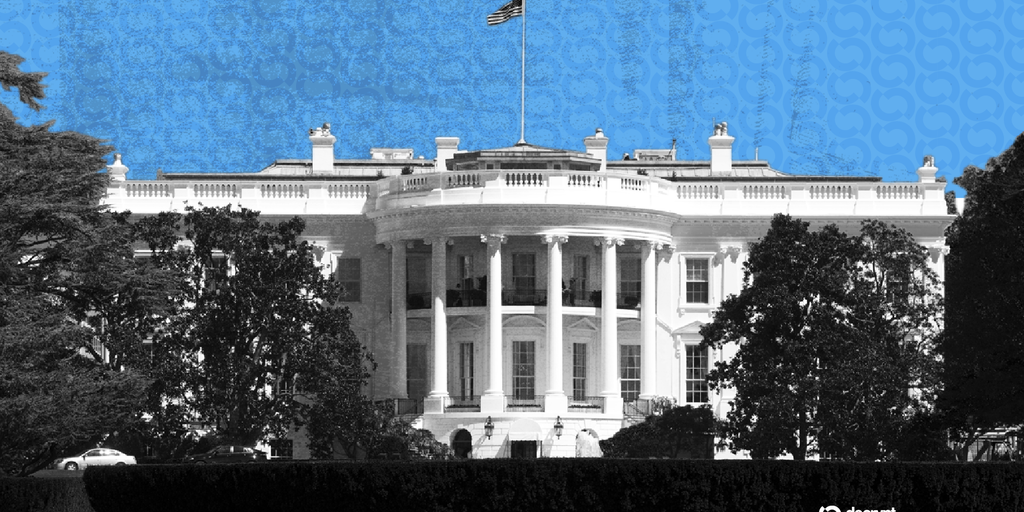In brief
- Created in January, the unit no longer functions as a centralized office, according to the administration’s personnel chief.
- Its brief life cycle included shifting mandates, public confusion around Musk’s role, and questions raised in court filings over its access to federal systems.
- The wind-down comes as the administration considers a rule that would make closing government programs and offices easier.
The Department of Government Efficiency, created by executive order to drive President Donald Trump’s cost-cutting agenda, has effectively ceased operating eight months before its charter was set to expire.
The office has ceased to exist as a “centralized entity,” with the administration’s personnel chief confirming its inactive status despite having eight months left to run, according to a report from Reuters on Sunday.
Decrypt has reached out to the White House for comment.
It comes as the Trump administration weighs a new rule that would make it easier to shutter offices and terminate entire programs, per investigations by the news agency revealed last week.
The draft framework would allow agencies to lay off staff without weighing performance or tenure when a whole unit is closed, a shift one federal employment attorney said would let officials selectively eliminate offices and programs they oppose.
A short history of DOGE
Days after winning the 2024 presidential elections, then president-elect Trump remarked that the organization’s purpose was to “slash excess regulations, cut wasteful expenditures, and restructure Federal Agencies.”
Often associated with billionaire Elon Musk, the department drew the crypto community’s attention because its acronym matched the DOGE meme coin he had repeatedly promoted.
That overlap fed public assumptions of a connection, even though the agency’s mandate and structure were unrelated to his past Dogecoin mentions.
At one point, soon after the department was launched, the Dogecoin logo appeared on its website, causing the cryptocurrency to briefly spike by 14.4%.
In the same week, the department reportedly began exploring blockchain technology to improve transparency and make government operations and spending more efficient.
A month later, in February, a document signed by Joshua Fisher, director of the Office of Administration, reportedly confirmed that Musk had no authority to make government decisions regarding his role at DOGE.
Lawsuits, and then some
Within the same month, a multi-state lawsuit filed in federal court alleged that the Trump administration unlawfully granted Elon Musk and members of DOGE sweeping access to the Treasury’s sensitive federal payment systems, which handle Social Security, veterans’ benefits, Medicaid reimbursements, and other disbursements for U.S. citizens.
The complaint argued that DOGE personnel with no Treasury roles were granted elevated system privileges that exposed vast stores of personal and financial data, and that this aligned with Musk’s public calls to halt payments to programs the administration opposed.
Reports that Musk would leave DOGE coincided with a rise in Bitcoin and Tesla stock in early April. By May, Musk confirmed he had left DOGE.
That was swiftly followed by a widely-publicized spat in June between Musk and Trump, in which the two once-aligned figures publicly turned on each other, trading posts that further muddied the administration’s messaging around DOGE.
Daily Debrief Newsletter
Start every day with the top news stories right now, plus original features, a podcast, videos and more.
